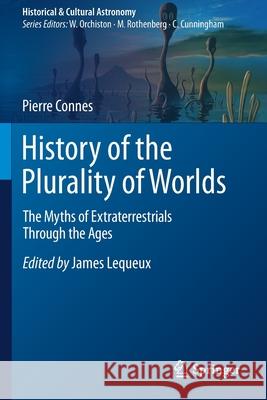History of the Plurality of Worlds: The Myths of Extraterrestrials Through the Ages » książka
topmenu
History of the Plurality of Worlds: The Myths of Extraterrestrials Through the Ages
ISBN-13: 9783030414504 / Angielski / Miękka / 2021 / 406 str.
History of the Plurality of Worlds: The Myths of Extraterrestrials Through the Ages
ISBN-13: 9783030414504 / Angielski / Miękka / 2021 / 406 str.
cena 645,58
(netto: 614,84 VAT: 5%)
Najniższa cena z 30 dni: 616,85
(netto: 614,84 VAT: 5%)
Najniższa cena z 30 dni: 616,85
Termin realizacji zamówienia:
ok. 22 dni roboczych.
ok. 22 dni roboczych.
Darmowa dostawa!
Kategorie BISAC:
Wydawca:
Springer
Seria wydawnicza:
Język:
Angielski
ISBN-13:
9783030414504
Rok wydania:
2021
Wydanie:
2020
Numer serii:
000796607
Ilość stron:
406
Waga:
0.59 kg
Wymiary:
23.39 x 15.6 x 2.18
Oprawa:
Miękka
Wolumenów:
01
Dodatkowe informacje:
Bibliografia
Wydanie ilustrowane
Wydanie ilustrowane











